Candy
Peanut Butter with No Jelly Candy Bar
Any product endorsed by Vincent Price is aces with me.
Posted By: Paul - Mon Apr 01, 2024 -
Comments (1)
Category: Advertising, Candy, 1970s
Follies of the Madmen #588
I wonder if they legally licensed Batman and the Flash from DC Comics?
Posted By: Paul - Tue Feb 20, 2024 -
Comments (1)
Category: Advertising, Candy, Cartoons, Psychedelic, 1960s
Pudsey Treacle Mines
Aug 1975: The Rev. Paul Needle attempted to convince 150 British children to embrace the Christian faith with the argument that if the Pudsey treacle mines don't really exist, then Jesus must.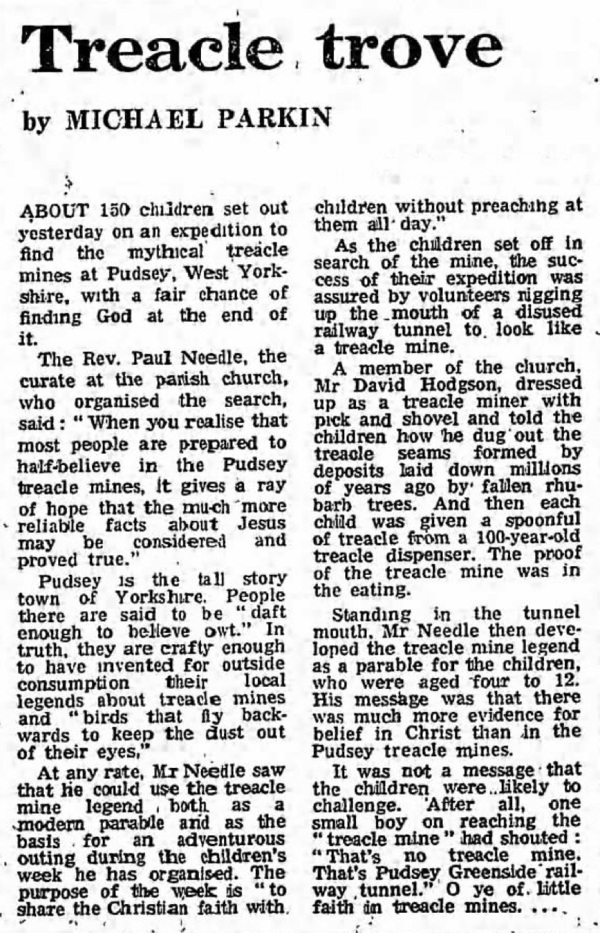
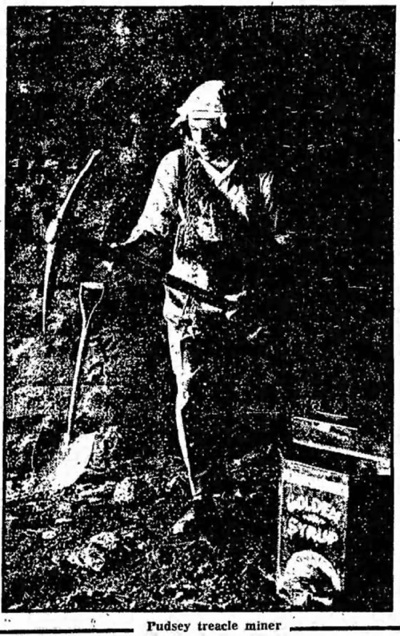
The Guardian - Aug 21, 1975
Of course, the flaw in his argument was that the treacle mines are quite real, as explained by Don Gillan:

Posted By: Alex - Sat Dec 23, 2023 -
Comments (3)
Category: Religion, Candy, 1970s
Happy Halloween 2023!
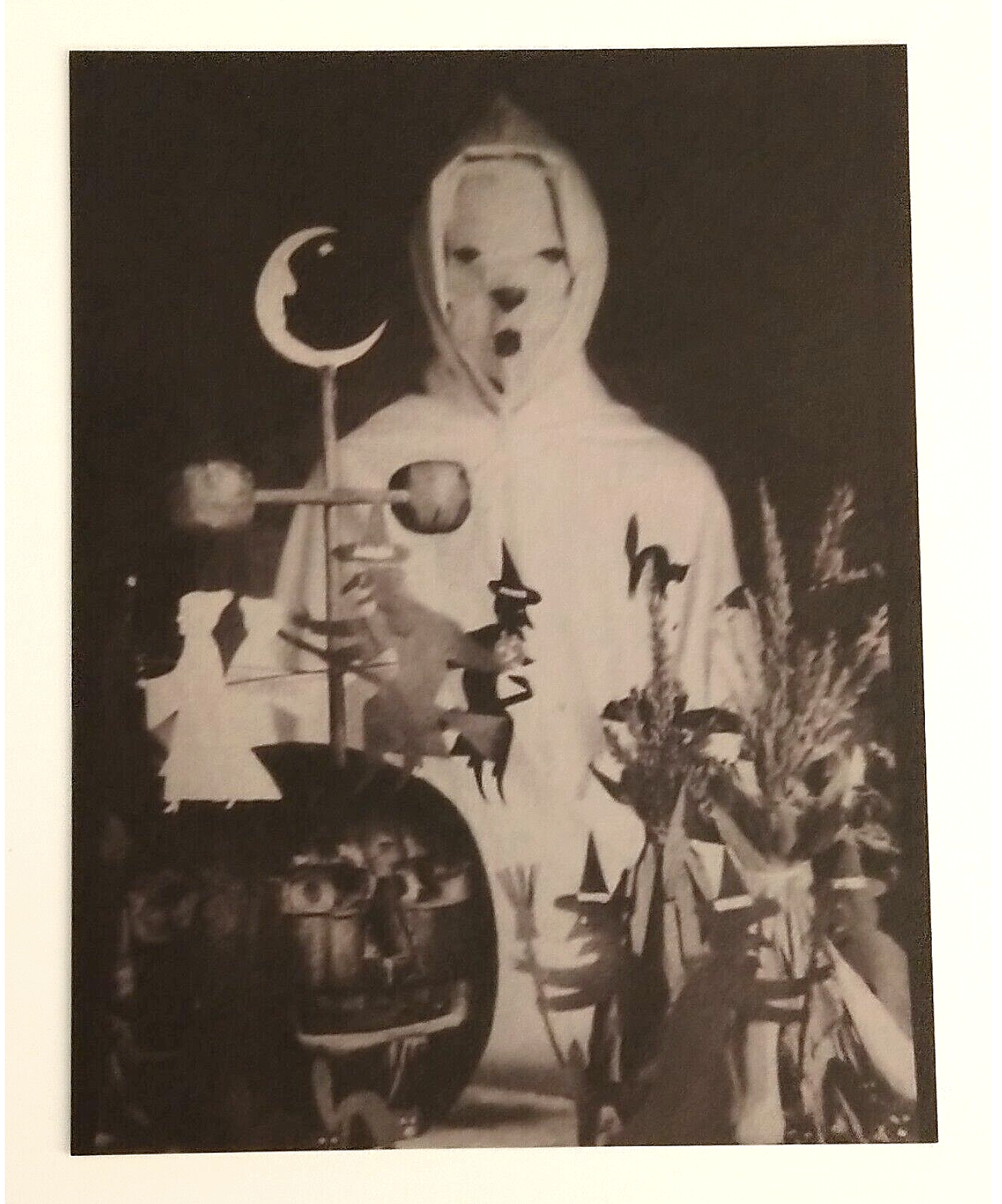
Posted By: Paul - Tue Oct 31, 2023 -
Comments (0)
Category: Holidays, Supernatural, Occult, Paranormal, Candy
Follies of the Madmen #568
Posted By: Paul - Thu Jun 15, 2023 -
Comments (0)
Category: Stupid Criminals, Advertising, Candy, 1970s
Killer Candy
Read the thrilling urban legend here.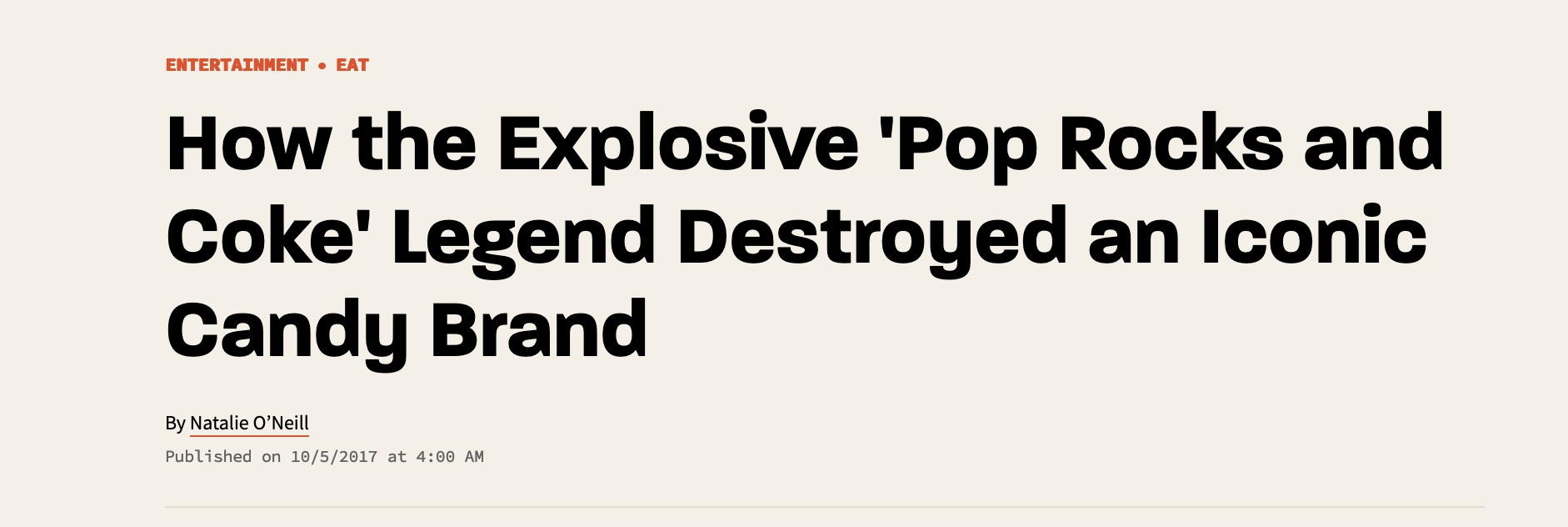
Posted By: Paul - Sat May 27, 2023 -
Comments (7)
Category: Death, Fables, Myths, Urban Legends, Rumors, Water-Cooler Lore, Advertising, Candy, 1970s
Follies of the Madmen #564
Posted By: Paul - Mon May 15, 2023 -
Comments (7)
Category: Music, Advertising, Candy, Bohemians, Beatniks, Hippies and Slackers, 1970s, Attractiveness, Sexiness, Allure and Personal Magnetism
Bounty Candybar Ad
Most erotic candybar ad ever?
Posted By: Paul - Tue Mar 14, 2023 -
Comments (6)
Category: Innuendo, Double Entendres, Symbolism, Nudge-Nudge-Wink-Wink and Subliminal Messages, Advertising, Candy, 1980s
Native American Endorsements
A good, short essay, with many examples (but not including the two videos below), can be found here.
Posted By: Paul - Mon Jan 16, 2023 -
Comments (0)
Category: Advertising, Candy, Cereal, Twentieth Century, Native Americans
The Queen of Candy
The Queen's Wikipedia page.
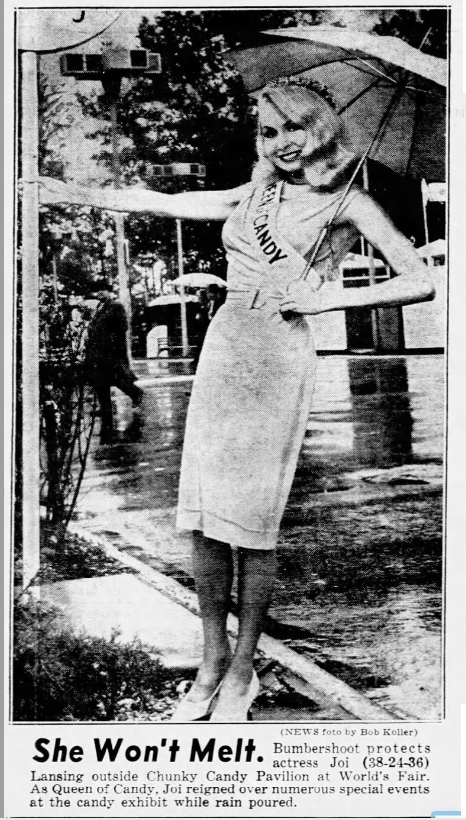
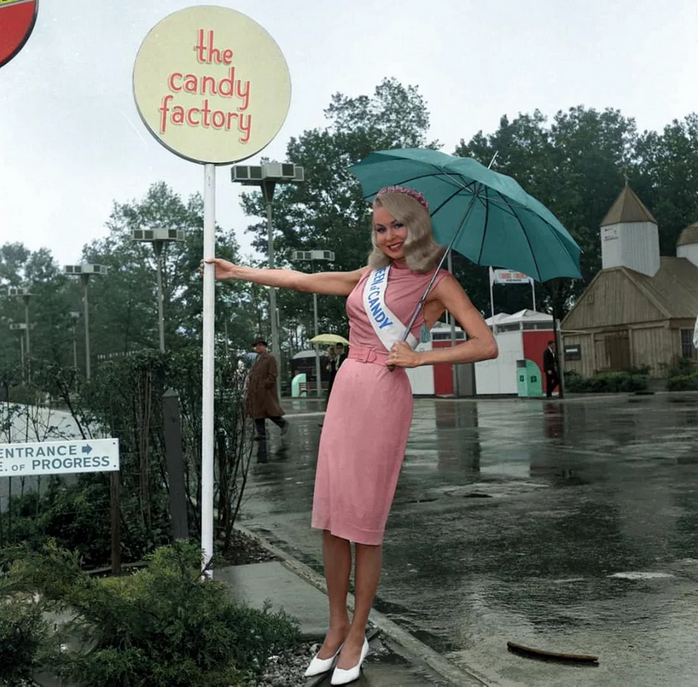
Posted By: Paul - Fri Nov 18, 2022 -
Comments (0)
Category: Beauty, Ugliness and Other Aesthetic Issues, Royalty, Expositions, World Fairs, Celebrations, Candy, 1960s

| Who We Are |
|---|
| Alex Boese Alex is the creator and curator of the Museum of Hoaxes. He's also the author of various weird, non-fiction, science-themed books such as Elephants on Acid and Psychedelic Apes. Paul Di Filippo Paul has been paid to put weird ideas into fictional form for over thirty years, in his career as a noted science fiction writer. He has recently begun blogging on many curious topics with three fellow writers at The Inferior 4+1. Contact Us |




